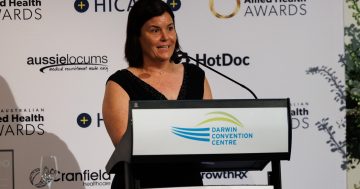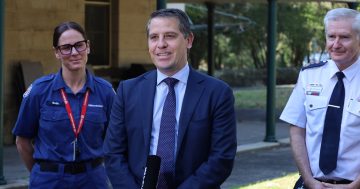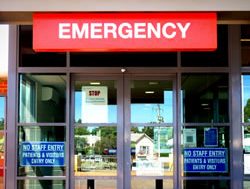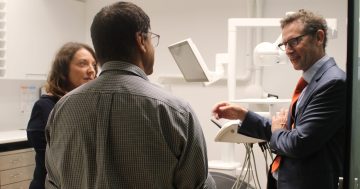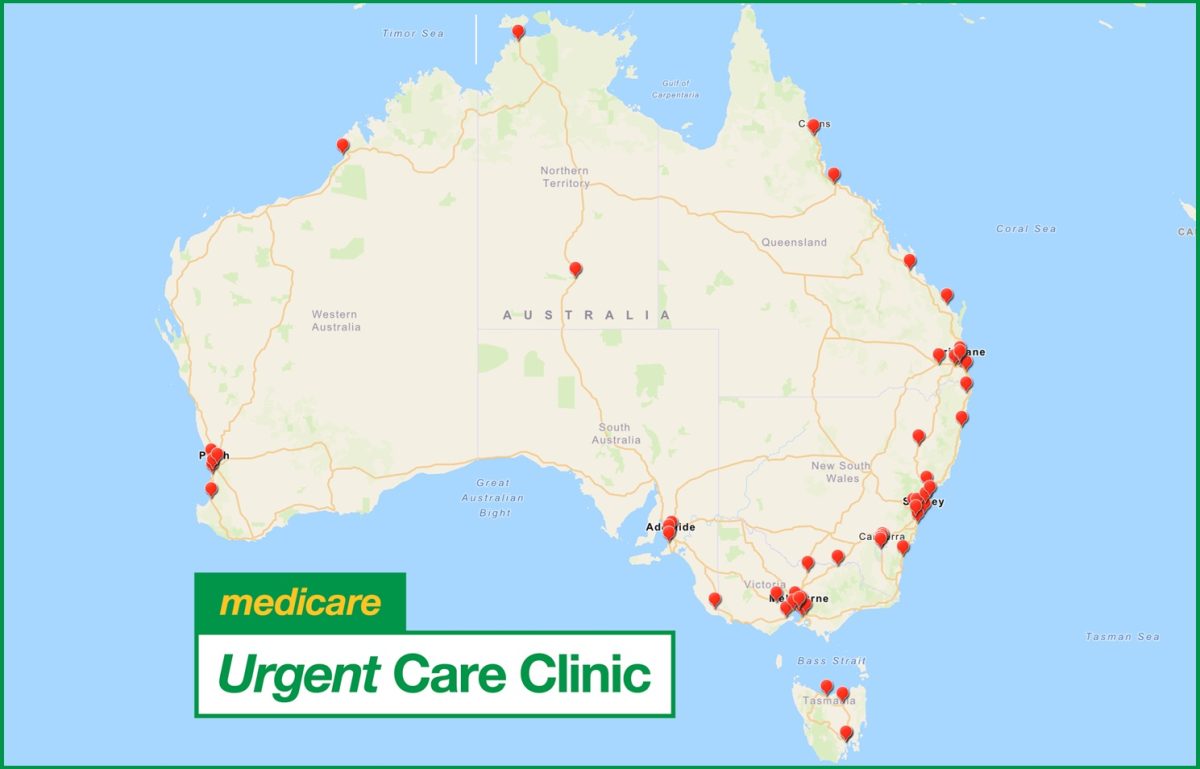
Australia now has all 58 planned Medicare Urgent Care Clinics open and operational. Map: Department of Health.
The Albanese Government’s pre-election promise to establish more than 50 Medicare Urgent Care Clinics (UCC) across Australia is slowly starting to take shape.
Despite saying before the election that all UCCs would be in place within 12 months of taking office, the rollout has been slower than expected due to delays in calling for and fielding expressions of interest to run the clinics. But the government says all 58 planned UCCs are now open.
The UCCs are designed to take pressure off hospital emergency departments by treating illnesses and injuries that are urgent but not life-threatening. These include minor infections, minor fractures, sprains, sports injuries, neck and back pain, urinary tract infections, sexually transmitted infections, minor cuts, insect bites and rashes, minor eye and ear problems, respiratory illness, gastroenteritis and mild burns.
Many of these conditions have previously been common presentations at emergency departments because they are considered beyond the scope of what a general practitioner practice would be able to treat.
The clinics are open seven days a week for extended opening hours, are open to walk-ins and bulk bill. Of the 58 clinics, 14 are located in New South Wales, 10 in Victoria, 11 in Queensland, seven in Western Australia, five in South Australia, four in Tasmania, five in the ACT and two in the NT.
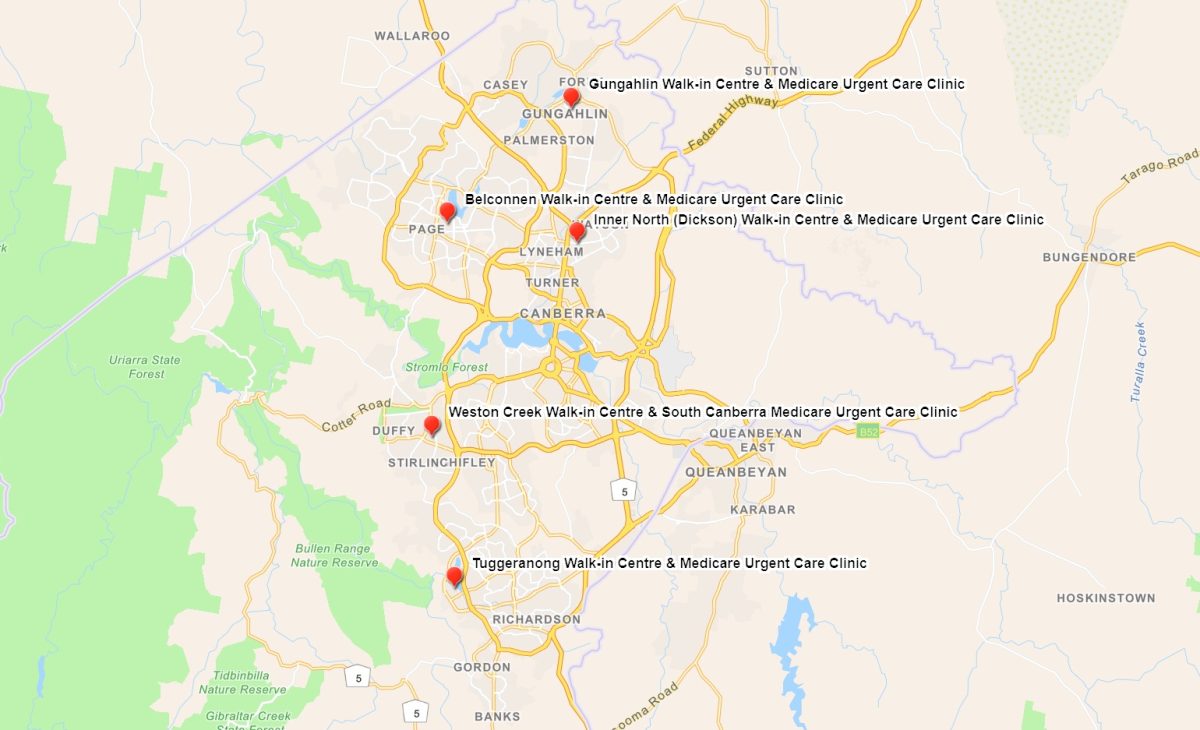
A map showing the location of Canberra’s five Medicare Urgent Care Clinics. Image: Department of Health.
Canberra’s five UCCs are located at Gungahlin Town Centre, Belconnen Town Centre, Dickson Shops, Weston, and the Tuggeranong Town Centre. These clinics were integrated with the ACT Government’s previous nurse-led Walk-in Centres.
The three clinics in the wider Region readership area are located in Wollongong at 46-50 Underwood St at Corrimal, Batemans Bay at 7 Pacific Street and Albury at 425 David Street.
Federal Minister for Health and Aged Care Mark Butler said the UCCs were starting to deliver on the government’s commitment to make it easier to see a doctor or nurse for urgent care while diverting patients from hospital emergency departments, especially after hours.
Mr Butler says across all Medicare UCCs, the largest proportion of patients have been children, with approximately one in three visits from someone under 15. He also said one in three visits took place on the weekend and that, of the weekday visits, almost one in five took place after 6 pm.
“It’s only early days, but Medicare UCCs are already fulfilling their promise of high quality, accessible, walk-in care for thousands of Australians,” Mr Butler said.
“The Medicare UCCs mean people across the country over summer who need urgent but not acute care can get it quickly even if it’s outside standard hours – and all they’ll need is their Medicare card.
“More than 30 per cent of weekday visits are from 5 pm, meaning clinics are providing better access to primary health care for patients in need of urgent medical assistance outside of regular business hours,” he added.
“The full network of 58 clinics is operating right across the country, with highly qualified doctors and nurses treating local patients and working to reduce overcrowding in emergency departments.”
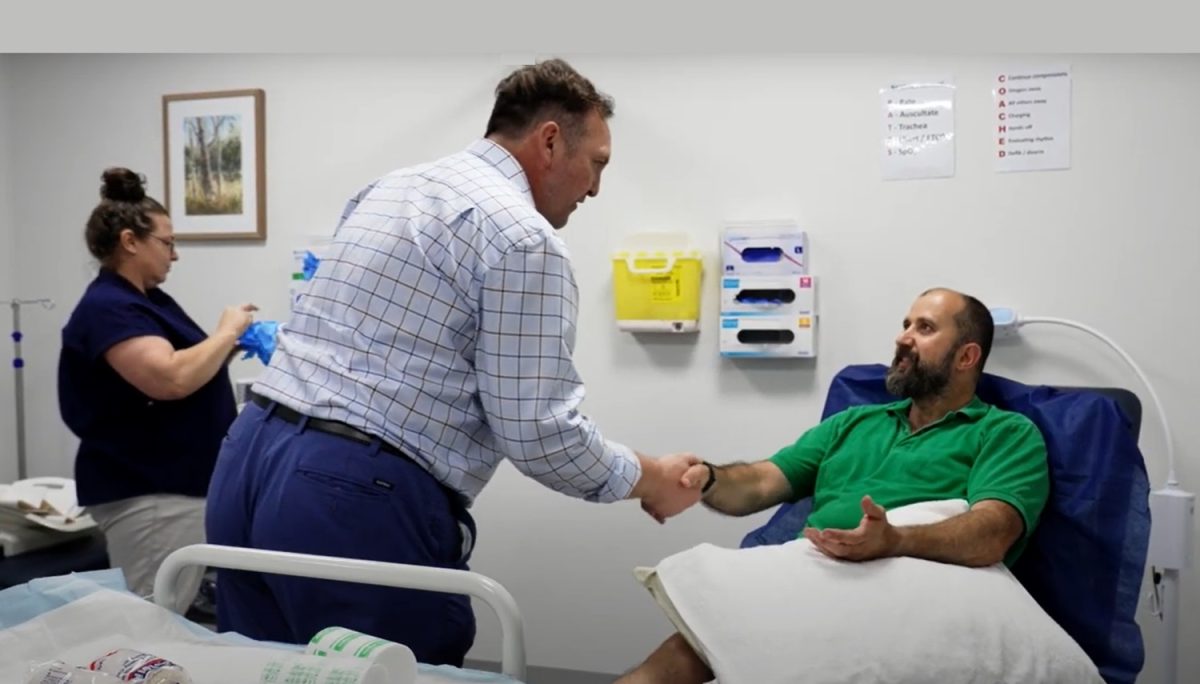
A doctor at the Albury Medicare Urgent Care Clinic greets a patient. Photo: Screenshot.
Mr Butler said the clinics had filled a gap between traditional general practice and hospital emergency departments.
“This is a model of care that’s very common in other countries to which we usually compare ourselves,” he said.
“Across the ditch in New Zealand, it’s been operating for a number of decades and has a very sophisticated model of urgent care. As a result, you see hospital emergency department presentation data in New Zealand very significantly lower than the number of presentations to emergency departments that you typically see here in Australia.”
Mr Butler said it was too early yet to accurately measure the effects the clinics had had on emergency department presentations, although he noted anecdotal observations in some areas of southeast Queensland had shown drops of up to 25 per cent.
Original Article published by Andrew McLaughlin on Riotact.



